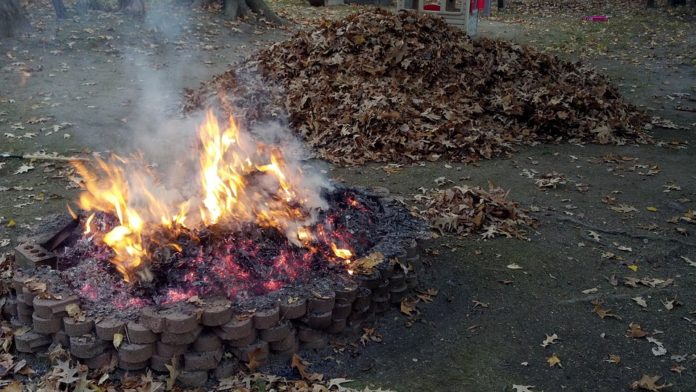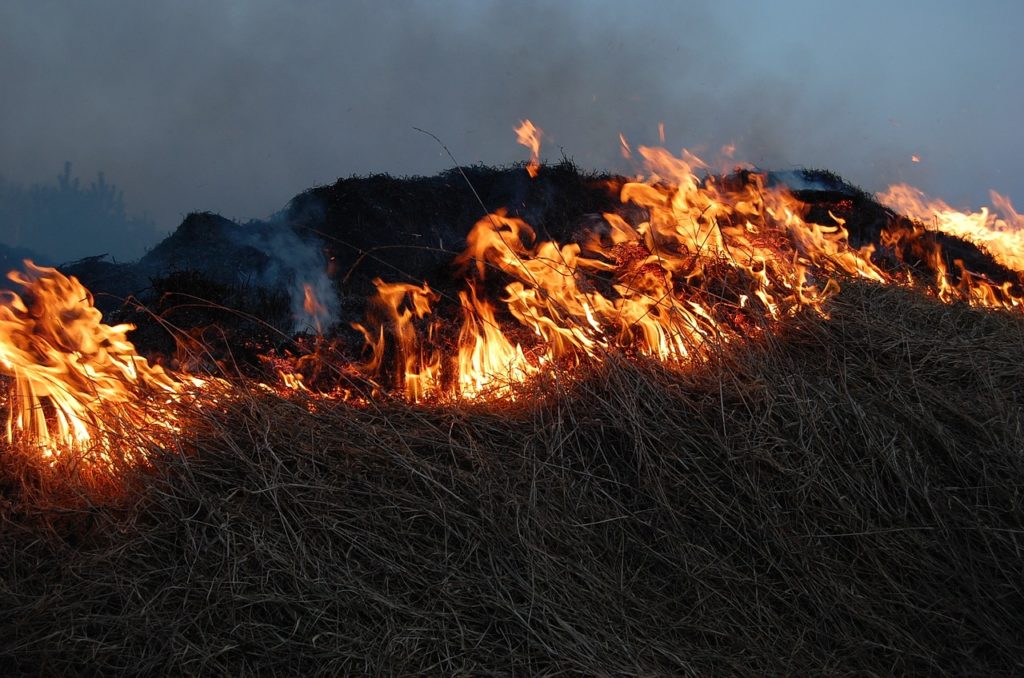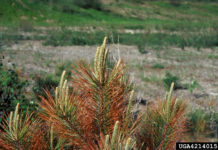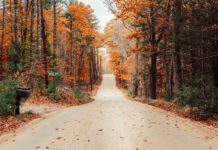
As the weather changes and the leaves begin to fall from trees, yard clean up begins. For some Minnesotans, this involves bagging their yard waste and putting it out on the curb for pick up, or taking it to a yard waste collection site.
For others? It involves piling it up and setting it all on fire. Like this:

The burning of fall yard debris is no small affair in Minnesota: The state issues 43,250 burn permits annually. This year, with sparse rain, high winds, and lack of humidity, the Northwestern and Central parts of the state have an elevated risk of fire danger. The Minnesota Department of Natural Resources (DNR) is asking that people using burn piles to dispose of yard waste, or leaf piles, and to check the burn permit website for information to make sure that conditions allow for burning in their area. If condition do not cooperate, residents may need to find an alternative way to dispose of the waste.
Like what, you ask?
Composting waste, or hauling brush and waste to a collection site. Not nearly as much fun as a giant bonfire, to be sure, but certainly safer for everyone involved, nearby, across the state, etc.
As Casey McCoy, the DNR Wildfire Prevention Supervisor, says, “During fall, we know that residents and property owners will be taking care of leaf and brush piles. Piles can smolder undetected for several weeks under the right conditions. Windy, fall days can reignite these piles.”
DNR Burning Permit Coordinator Linda Gormanson adds, “If you do decide to burn yard waste or leaf piles, do so when there is less wind. Instead of burning your yard waste and potentially causing a wildfire, compost or chip your yard waste or bring it to a collection site.”
These restrictions do not apply to campfires (that’s a win for all of us Minnesota outdoors people – autumn is the best time go camping, am I right?); just make sure to clear an area around the campfire. Make sure to also keep a consistent eye on your fire, and be sure the fire is completely out before leaving.
Fires can happen unexpectedly, and spread quickly. Check the Minnesota Incident Command System site here: https://goo.gl/W686km for fire behavior conditions.
For burning questions about burning restrictions (see what we did there?) check the DNR page here: mndnr.gov/burnrestrictions, or call your local Forestry office.
And all the information cited above came from HERE.
Happy autumn, everyone!
Read this next: Be aware, campfire builders: New firewood rules now active for state lands
















